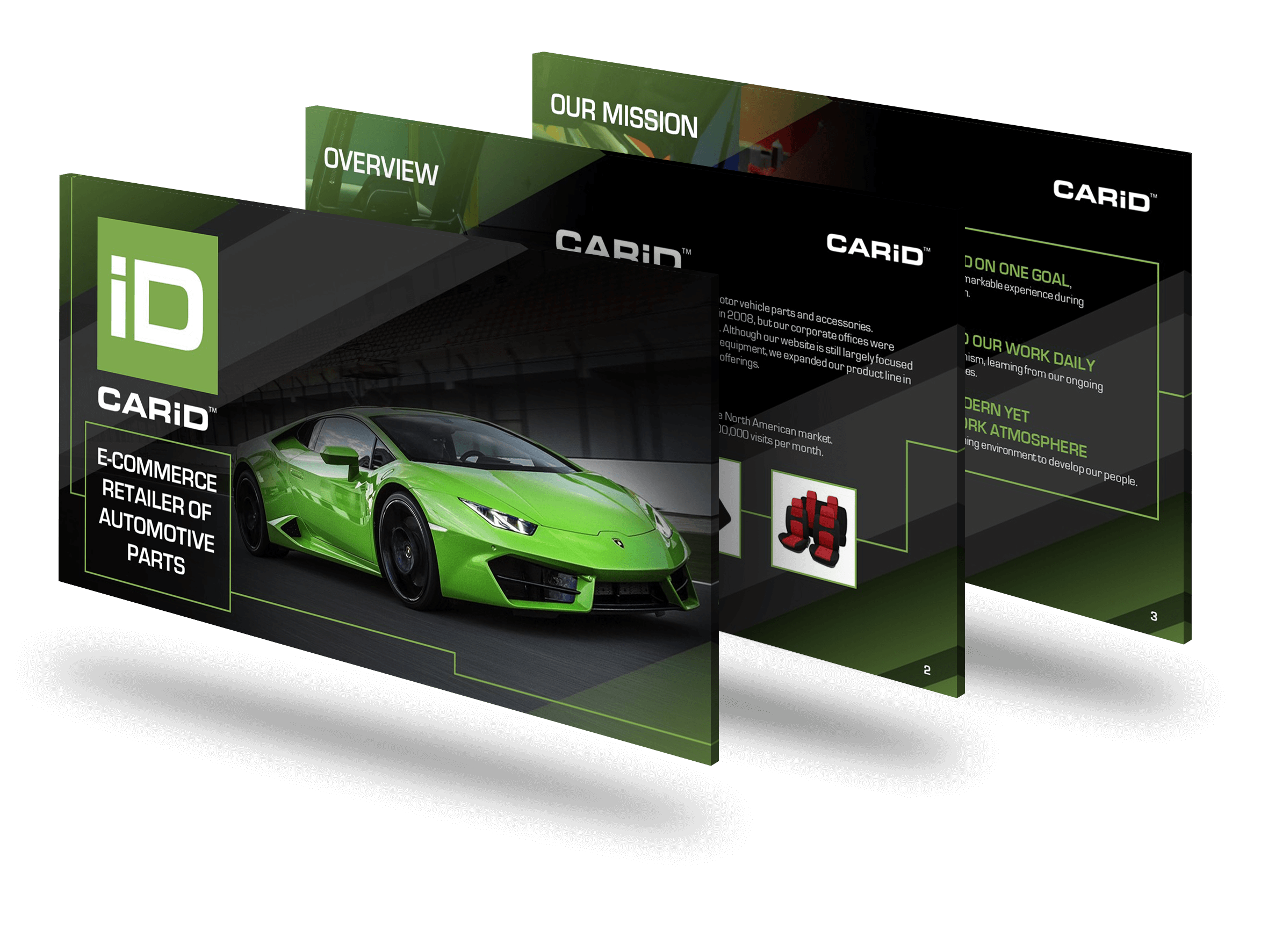Creating a compelling company PowerPoint presentation involves a blend of clear messaging, engaging visuals, and professional design. Here are some tips to help you create effective and impressive company presentations:
1. Understand Your Audience
Know Your Audience:
- Tailor your presentation to meet the needs and expectations of your audience. Understand their interests, knowledge level, and what they hope to gain from your presentation.
Set Clear Objectives:
- Define the purpose of your presentation. Whether it’s to inform, persuade, or entertain, having a clear objective will guide your content and design choices.
2. Start with a Strong Structure
Create an Outline:
- Plan your presentation with a clear outline. This should include an introduction, main points, and a conclusion.
Logical Flow:
- Ensure your presentation flows logically from one point to the next. Each slide should naturally lead into the next.
3. Focus on Clear and Concise Content
Keep It Simple:
- Avoid cluttering slides with too much text. Use bullet points, short sentences, and focus on key messages.
One Idea Per Slide:
- Present one main idea per slide to keep the audience focused and to make your points clearer.
Highlight Key Points:
- Use bold text, colors, or icons to highlight important information.
4. Use High-Quality Visuals
Professional Images:
- Use high-resolution, relevant images to enhance your message. Avoid generic stock photos.
Custom Graphics:
- Incorporate custom graphics, charts, and infographics to present data visually and make it easier to understand.
Consistent Style:
- Maintain a consistent visual style throughout the presentation. This includes colors, fonts, and image styles.
5. Design for Readability
Readable Fonts:
- Choose simple, clean fonts that are easy to read. Avoid overly decorative fonts.
Font Size:
- Use large font sizes to ensure readability from a distance. Typically, a minimum of 24-point font for body text and larger for headings.
High Contrast:
- Ensure high contrast between text and background to make your content readable. Dark text on a light background or light text on a dark background works best.
6. Utilize Design and Layout Principles
- Use white space effectively to avoid clutter and give your content room to breathe.
Alignment:
- Align text and images properly for a clean and professional look. Consistent alignment helps improve readability.
Consistent Layout:
- Use a consistent layout for your slides to maintain a cohesive look. This includes consistent placement of titles, text, and images.
7. Incorporate Engaging Elements
Animations and Transitions:
- Use animations and transitions sparingly to add interest but avoid overuse as it can be distracting.
Interactive Elements:
- Add interactive elements like clickable links or buttons to make your presentation more engaging.
8. Practice Effective Storytelling
Narrative Structure:
- Use a storytelling approach to make your presentation more engaging. Introduce a problem, present a solution, and conclude with a call to action.
Real-Life Examples:
- Include real-life examples or case studies to illustrate your points and add credibility.
Emotional Connection:
- Use anecdotes or personal stories to create an emotional connection with your audience.
9. Proofread and Edit
Check for Errors:
- Proofread your slides for spelling, grammar, and punctuation errors. Ensure all data is accurate.
Simplify and Refine:
- Simplify your slides by removing unnecessary information. Focus on clarity and conciseness.
10. Practice Your Delivery
Rehearse:
- Practice delivering your presentation multiple times to ensure smooth delivery and familiarity with your content.
Timing:
- Time your presentation to ensure it fits within the allotted time. Adjust content as necessary.
Seek Feedback:
- Present to a colleague or friend to get feedback and make improvements.
11. Prepare for the Unexpected
Backup Copies:
- Have backup copies of your presentation saved on a USB drive or cloud storage in case of technical issues.
Technical Check:
- Test your presentation on the equipment you’ll be using to ensure everything works correctly.
Q&A Preparation:
- Prepare for potential questions from the audience and practice your responses.
Conclusion
Creating an effective company PowerPoint presentation involves understanding your audience, structuring your content clearly, using high-quality visuals, and designing for readability. Incorporate engaging elements, practice effective storytelling, proofread and edit your slides, practice your delivery, and prepare for the unexpected. By following these tips, you can create professional, impactful presentations that effectively communicate your message and engage your audience. For additional assistance, consider partnering with a professional presentation design agency like SlideGenius.
View Our Presentation Portfolio










